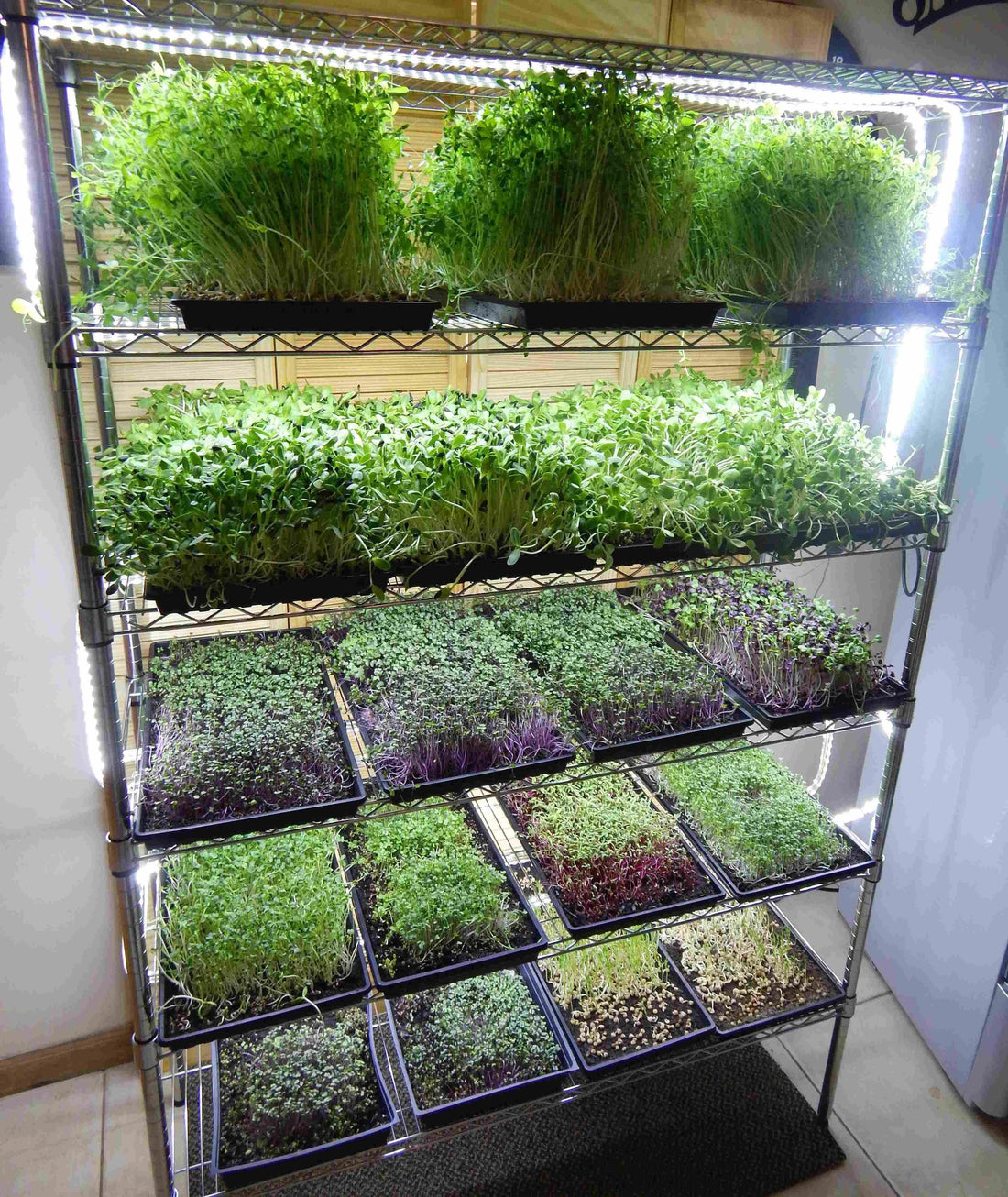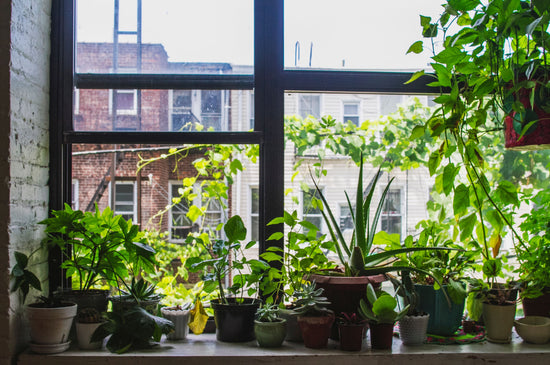Growing Your Own Herbs and Vegetables from Seeds
Growing your own herbs and vegetables from seeds is a rewarding and cost-effective way to create a thriving garden. Whether you’re working with a small balcony, a sunny kitchen windowsill, or a larger outdoor space, seed gardening allows you to cultivate fresh, flavorful produce right at home. This guide covers everything you need to know to get started with gourmet gardening.
Benefits of Growing from Seeds
- Cost-Effective: A single packet of seeds can yield multiple plants, saving you money compared to buying mature plants.
- Greater Variety: Seeds offer a wide range of herbs and vegetables, including rare or heirloom varieties.
- Better Control: Starting from seeds gives you control over the growing process, including the soil, water, and sunlight your plants receive.
- Satisfaction: Watching your plants grow from tiny seeds to full-grown harvests is deeply rewarding.
Getting Started with Seeds
-
Choose Your Seeds
- Consider what you enjoy eating or cooking. Popular herbs include basil, parsley, and cilantro, while easy-to-grow vegetables include lettuce, tomatoes, and peppers.
-
Select the Right Containers
- Use seed trays, biodegradable pots, or even upcycled containers. Ensure they have drainage holes to prevent waterlogging.
-
Prepare the Soil
- Use a seed-starting mix that’s light and well-draining. These mixes are designed to encourage root development and prevent compaction.
-
Plant the Seeds
- Follow the instructions on your seed packet for depth and spacing. Most seeds need to be planted about twice as deep as their size.
-
Water Gently
- Use a spray bottle or a gentle watering can to moisten the soil without disturbing the seeds. Keep the soil consistently damp but not soggy.
-
Provide Light and Warmth
- Place your seeds in a sunny spot or under grow lights for 12–16 hours a day. Seeds also require warmth to germinate, so aim for a temperature of 65–75°F.
Caring for Seedlings
-
Thin Your Seedlings
- Once the seedlings have sprouted and grown a few inches tall, thin them by snipping the weaker ones at the soil line. This gives the remaining plants room to grow.
-
Watering
- Water when the top inch of soil feels dry. Be careful not to overwater, as young seedlings are prone to damping-off disease.
-
Fertilizing
- Once your seedlings develop their second set of leaves (true leaves), feed them with a diluted, balanced fertilizer every two weeks.
-
Hardening Off
- If you plan to move your seedlings outdoors, harden them off by gradually exposing them to outdoor conditions over 7–10 days.
Easy Herbs and Vegetables to Grow from Seeds
-
Herbs
- Basil: A fast-growing herb perfect for adding fresh flavor to your dishes.
- Cilantro: Quick to germinate and ideal for salsas and garnishes.
- Parsley: A versatile herb that thrives in pots or garden beds.
-
Leafy Greens
- Lettuce: Easy to grow and produces a continuous harvest.
- Spinach: A nutrient-rich green that grows quickly from seeds.
-
Fruiting Vegetables
- Tomatoes: Choose cherry or heirloom varieties for a burst of flavor.
- Peppers: Bell or chili peppers are rewarding to grow and great in a variety of dishes.
Common Challenges and Solutions
-
Seeds Fail to Germinate
- Cause: Old seeds, incorrect temperature, or too much water.
- Solution: Check the seed packet for planting instructions and ensure proper soil moisture and warmth.
-
Seedlings are Leggy
- Cause: Not enough light.
- Solution: Move seedlings closer to a light source or add grow lights.
-
Yellowing Leaves
- Cause: Overwatering or nutrient deficiency.
- Solution: Let the soil dry out between waterings and fertilize lightly.
-
Pests
- Cause: Indoor gardens can attract gnats or aphids.
- Solution: Use neem oil or insecticidal soap to keep pests at bay.
FAQs About Growing Herbs and Vegetables from Seeds
Q: How long do seeds take to germinate?
A: Germination times vary. Lettuce seeds can sprout in 7–10 days, while tomatoes may take 5–10 days.
Q: Can I grow herbs and vegetables indoors year-round?
A: Yes, with sufficient light and warmth, many herbs and leafy greens can thrive indoors throughout the year.
Q: Do I need to soak seeds before planting?
A: Some seeds, like parsley or spinach, benefit from soaking overnight to speed up germination, but this step isn’t necessary for all seeds.
Q: How do I know when to harvest?
A: Most herbs can be harvested as soon as they have enough leaves to sustain growth. Vegetables like lettuce can be harvested leaf by leaf or when heads form.
Starting an herb and vegetable garden from seeds is a fulfilling way to enjoy fresh, homegrown produce. With the right setup and care, you’ll be harvesting flavorful additions for your meals in no time.





